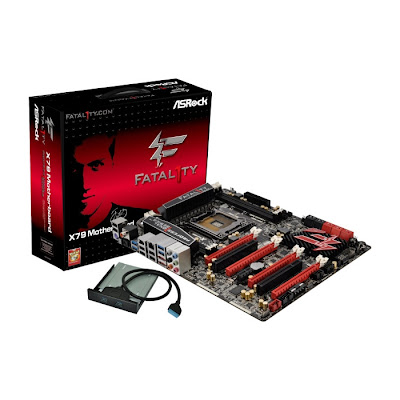Acer has given few details on CloudMobile's specs sheet, but the company announced its upcoming ICS-based smartphone has already received an iF Design award last year.
Today, the Italian site Cellularemagazine leaked most of the phone's specs and also published a hands-on video showing the Acer CloudMobile in action.
According to them, Acer CloudMobile will be delivered with Android 4.0 Ice Cream Sandwich operating system on board, as well as a 1.5 GHz dual-core processor.
On the back, the smartphone is said to boast an 8-megapixel camera, which features autofocus, LED flash and HD video recording. There's also a large 4.3-inch capacitive touchscreen display with 1280 x 800 pixels resolution, along with HSPA and Wi-Fi support.
Acer CloudMobile is expected to be officially introduced...



 2/23/2012 11:07:00 PM
2/23/2012 11:07:00 PM
 dannzfay
dannzfay





























